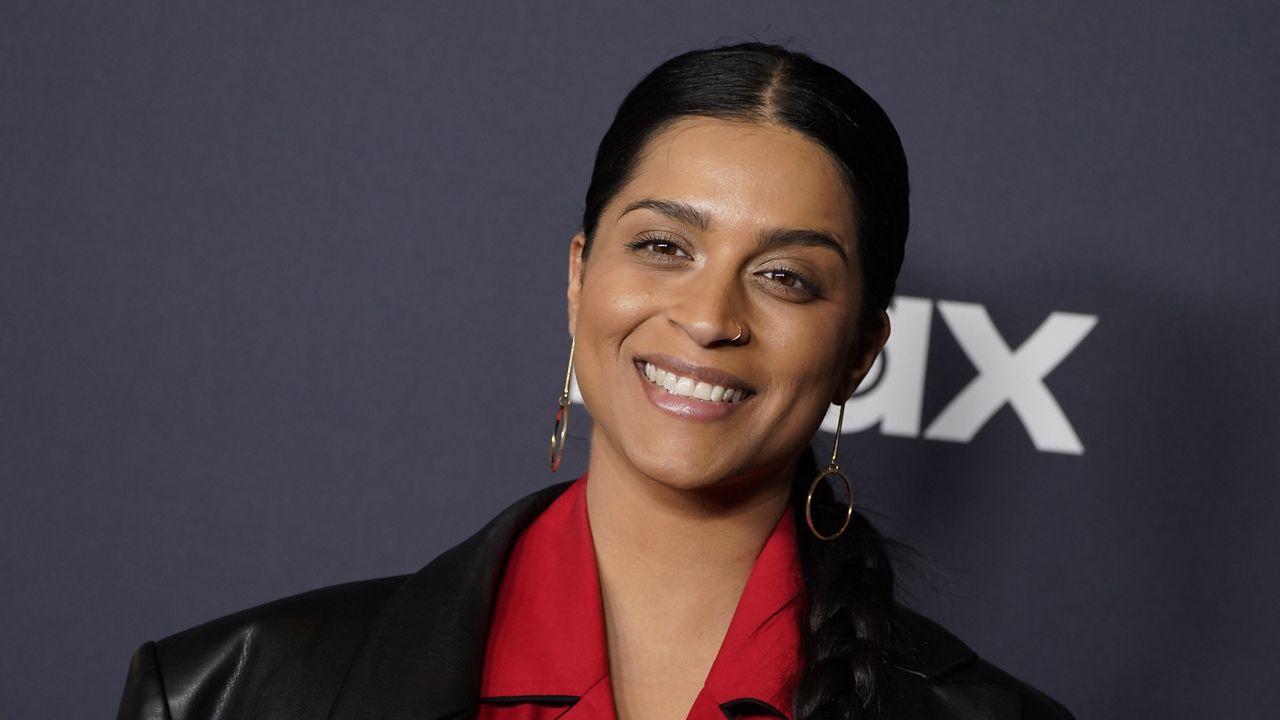EL SEGUNDO, Calif. — While Greta Gerwig and Margot Robbie’s “Barbie” broke box office records in 2023, the entertainment industry suffered a setback for girls and women in film.
There was a striking decline in the percentage of women in lead or co-lead roles in the top 100 highest-grossing movies in 2023 (30%) compared to 2022 (44%), according to the latest USC Annenberg Inclusion Initiative report.
“These numbers are more than just a metric of how often girls and women are in protagonist roles,” said Dr. Stacy L. Smith, who co-authored the report, in a statement. “They represent the career opportunities offered to women in the film industry. This year, we found that those opportunities have drastically constricted.”
Even accounting for films that were delayed because of the strike, Smith described the collapse of women leads/co-leads in 2023 as an industry failure.
Actor Alexa Kasparian said entering the film industry is a terrifying feat of its own, but entering as a woman is 10 times more anxiety inducing.
“Women have never been favored in the industry, and attempting to enter as a 23-year-old is, truthfully, extremely discouraging,” she explained. “I am 23! So young, you’d think, right? Well, apparently, we both thought wrong.
“I have been told: ‘If you don’t make it by 25, you never will. You should quit. You weren’t a child actor? Good luck finding anyone that wants to use you. Women expire after 10 years in this industry if they’re lucky.’”
With the decline of female leads in 2023, Kasparian says she fears the industry is only becoming more exclusive to men and the women that already exist in it.
There was a marginal increase in the number of lead/co-lead actors from underrepresented racial/ethnic groups (37 in 2023 vs. 31 in 2022). However, this advancement was primarily driven by smaller distributors and international films, Smith explained, rather than content from legacy studios. And the increases for underrepresented leads/co-leads did not translate to women of color.
Underrepresented leads were more likely to have directors from similar backgrounds, yet opportunities for women and minority directors remain limited.
Emmy Award-winning entertainer, actor, writer and producer Lilly Singh spoke to the challenges of authentically portraying underrepresented groups on a tight budget at the SXSW Film & TV Festival.
”Listen, movies take a lot of money and a lot of time. And if you’re not in the business, I think when you hear the numbers you’re like, ‘That’s so much money.’ But you don’t realize how quickly that money gets spent,” she said.
Singh is the co-writer, producer and star of her debut feature film “DOIN’ IT,” which premiered at the festival March 12.
"You're trying to do two things at once. You're trying to tell an accurate story through a cultural lense ... but you're like, 'I also have a limited set of resources that other films don't have," she said about her independent film."So it is really challenging because when you’re part of a project like this, people are looking for every excuse to write it off."
USC researchers caution that diversity, equity and inclusion efforts in Hollywood are faltering, particularly concerning women and girls from all backgrounds.
“The numbers this year will likely be particularly shocking to those who anticipated a banner year for women, given the success of ‘Barbie,’” the report concludes. “It is a difficult lesson but one that must be restated: one film does not represent progress across the industry and cannot bear the burden of lifting the industry to inclusion."
Kasparian says that while she has feelings of doubt about entering the industry in this climate, she knows that this year's decline in female-led projects will only project women like herself to continue creating stories for the world to see.



